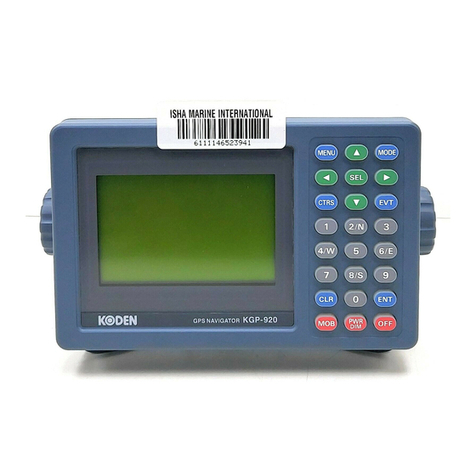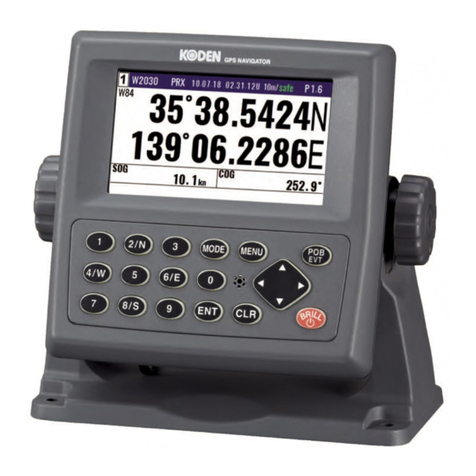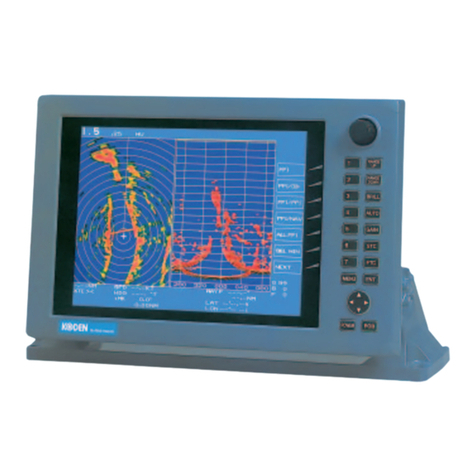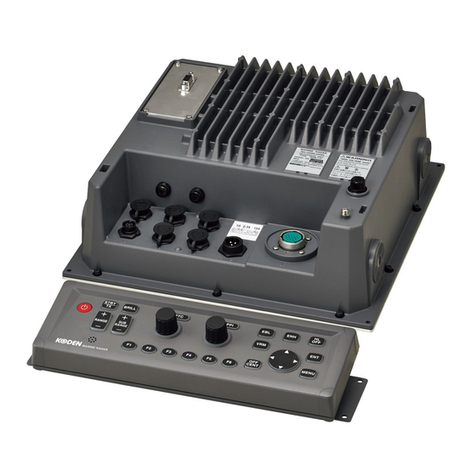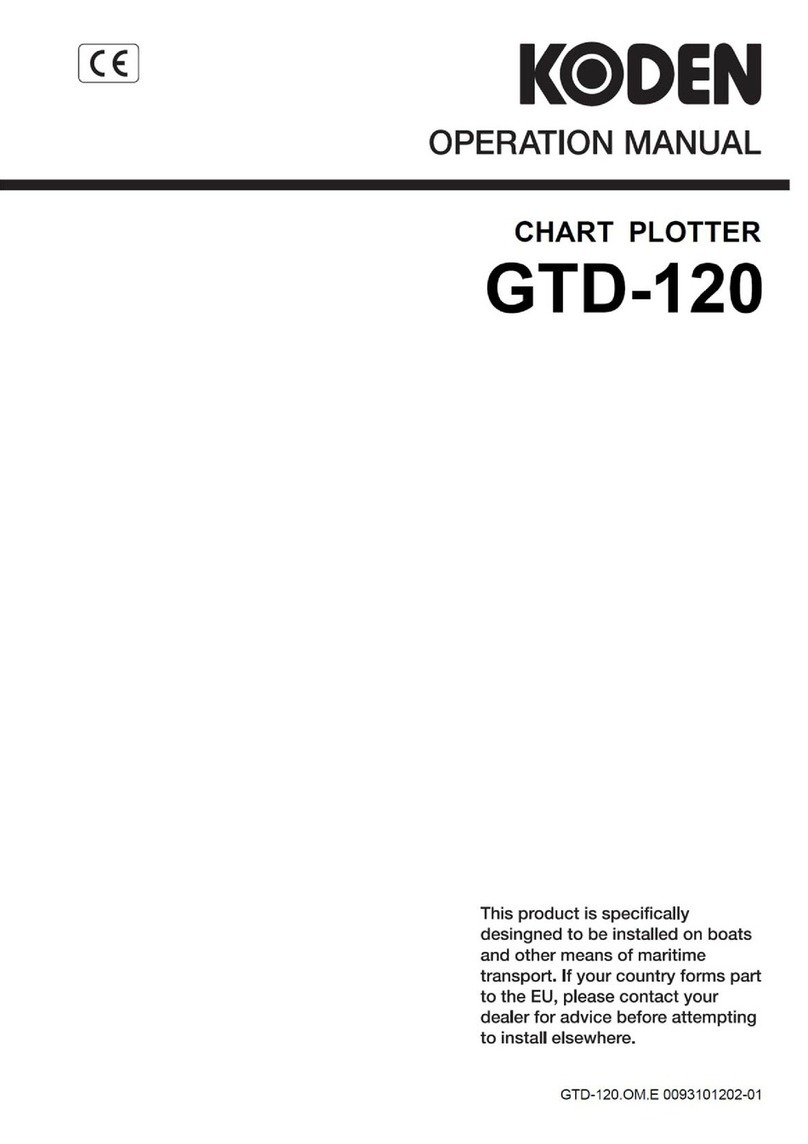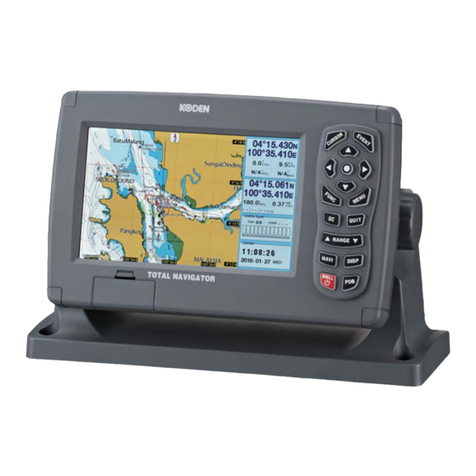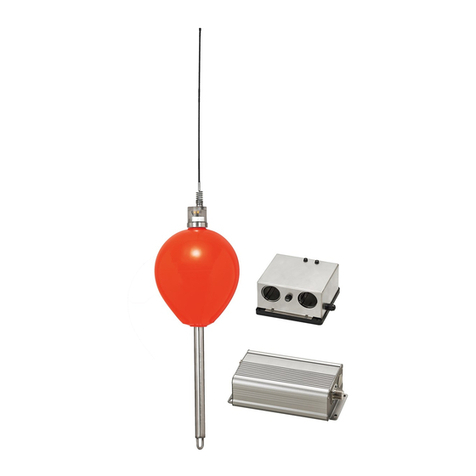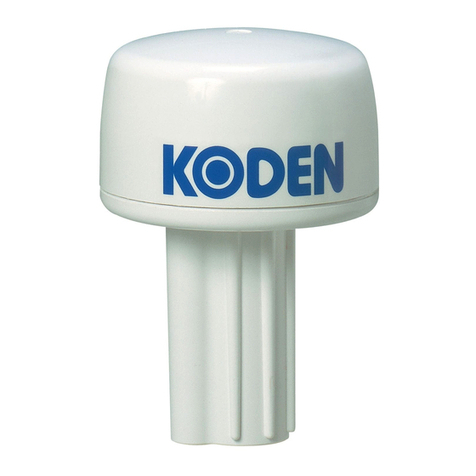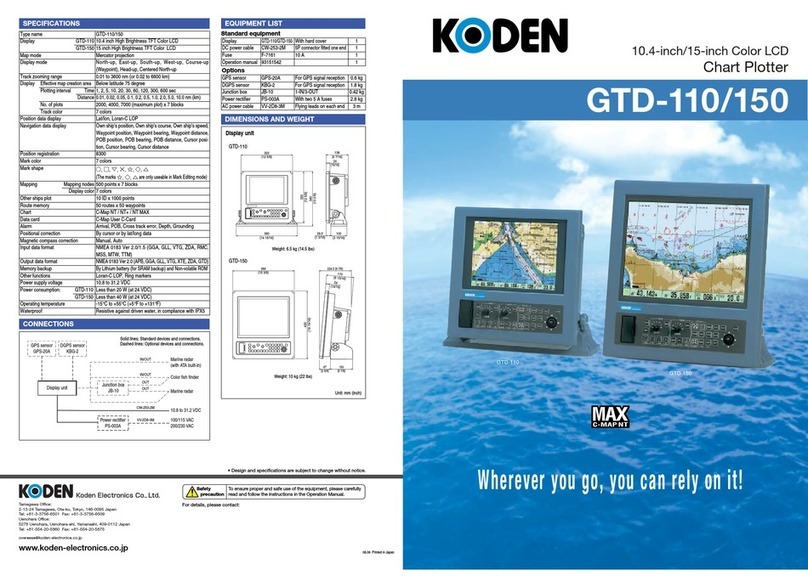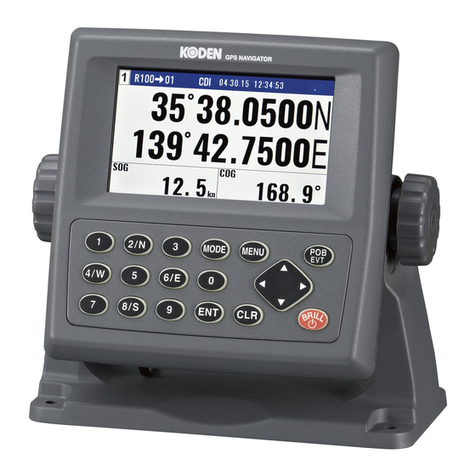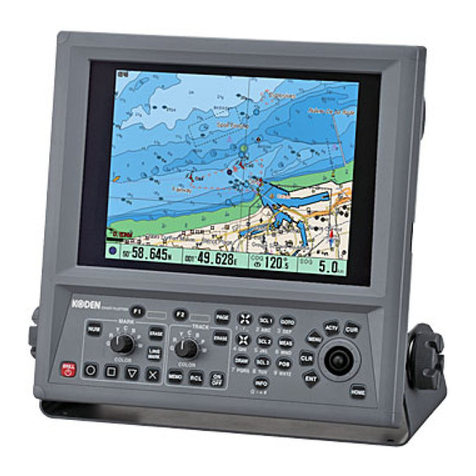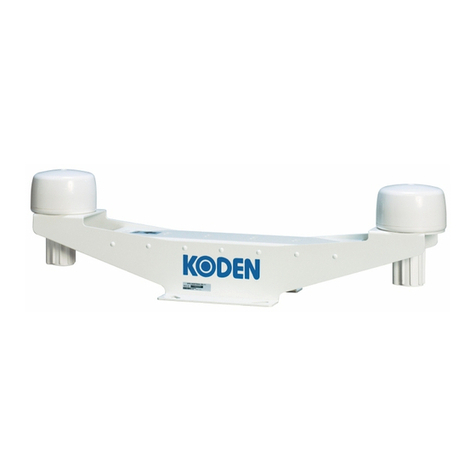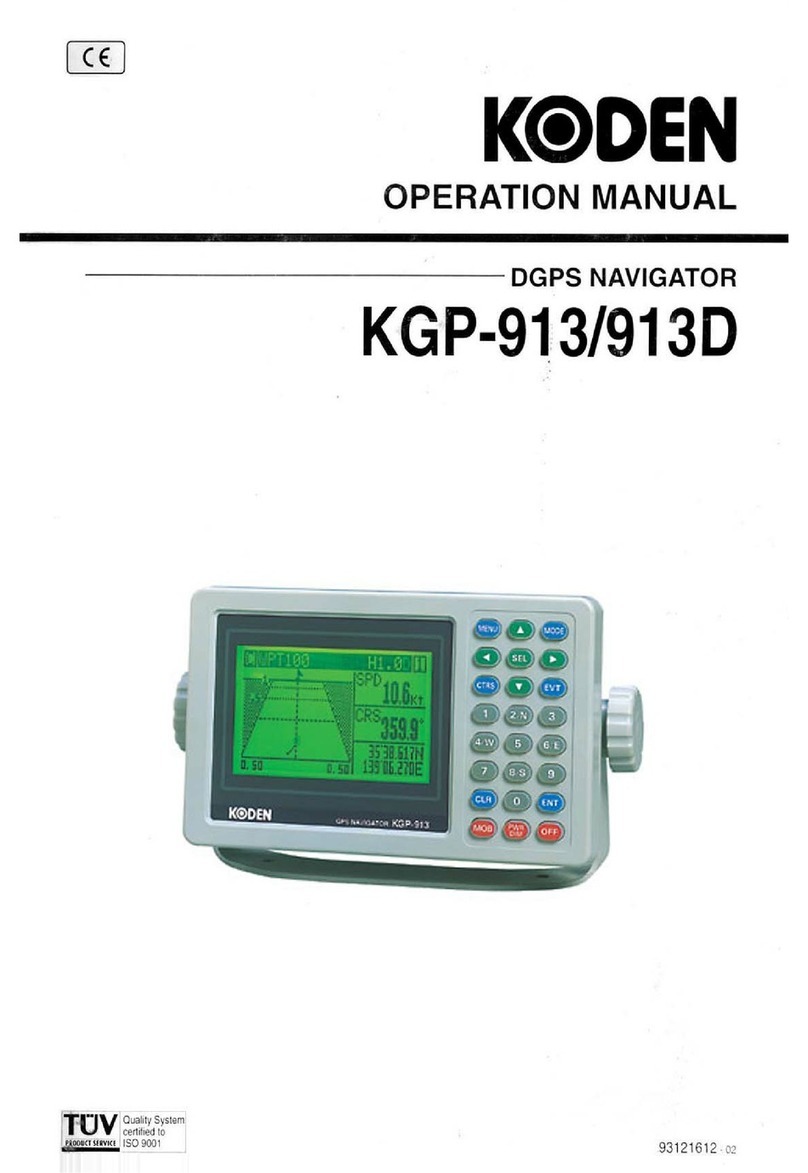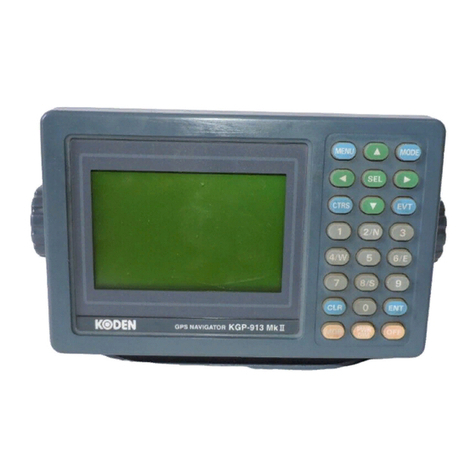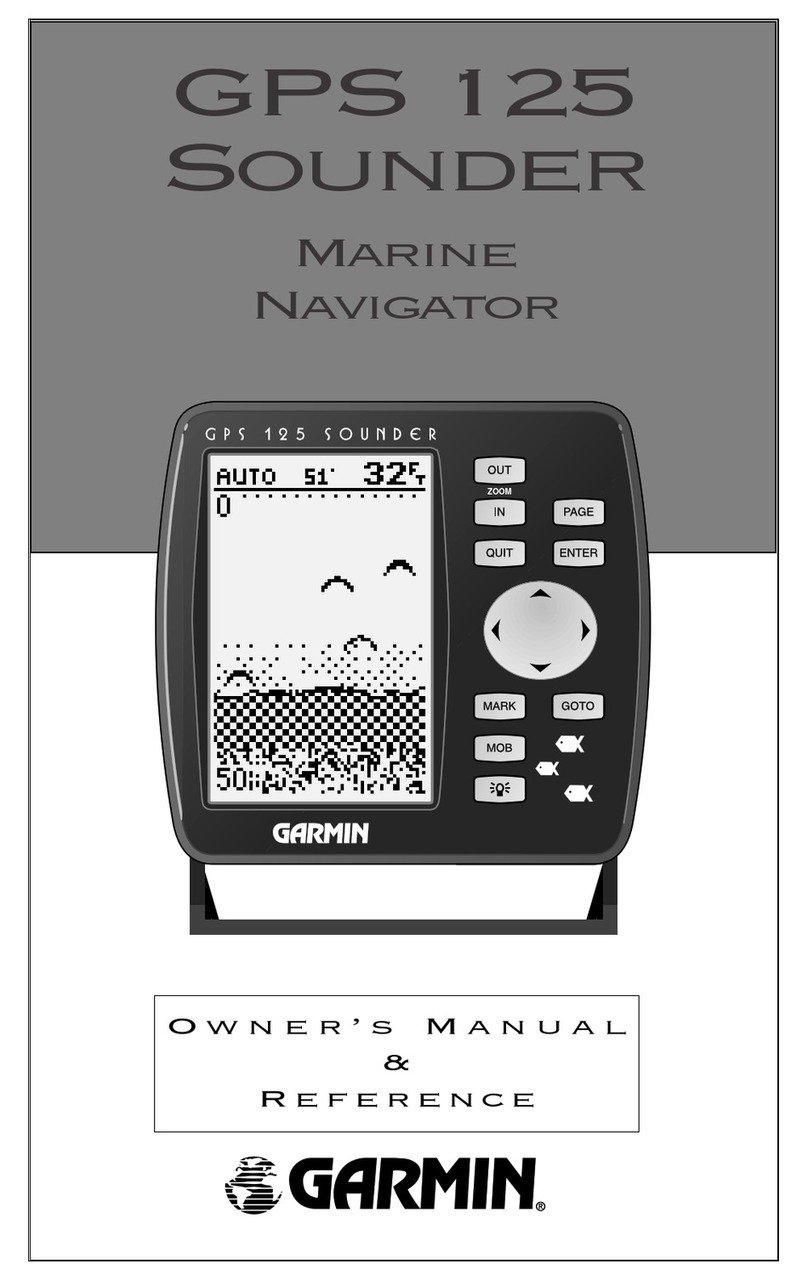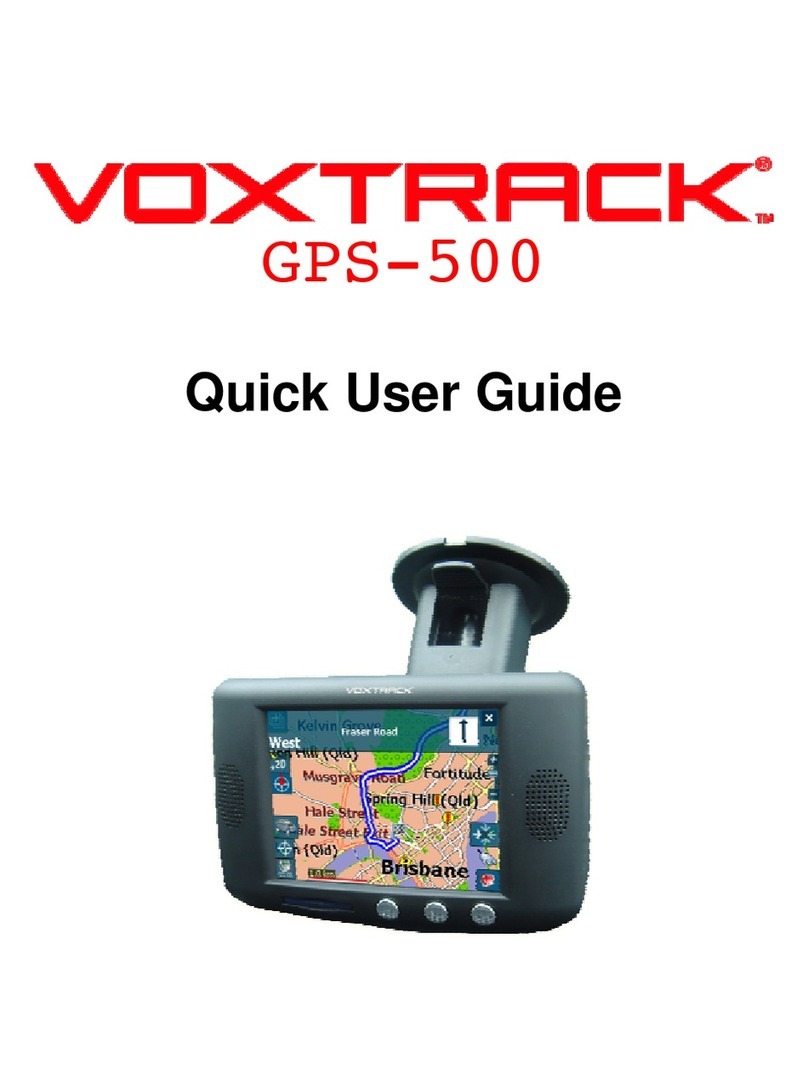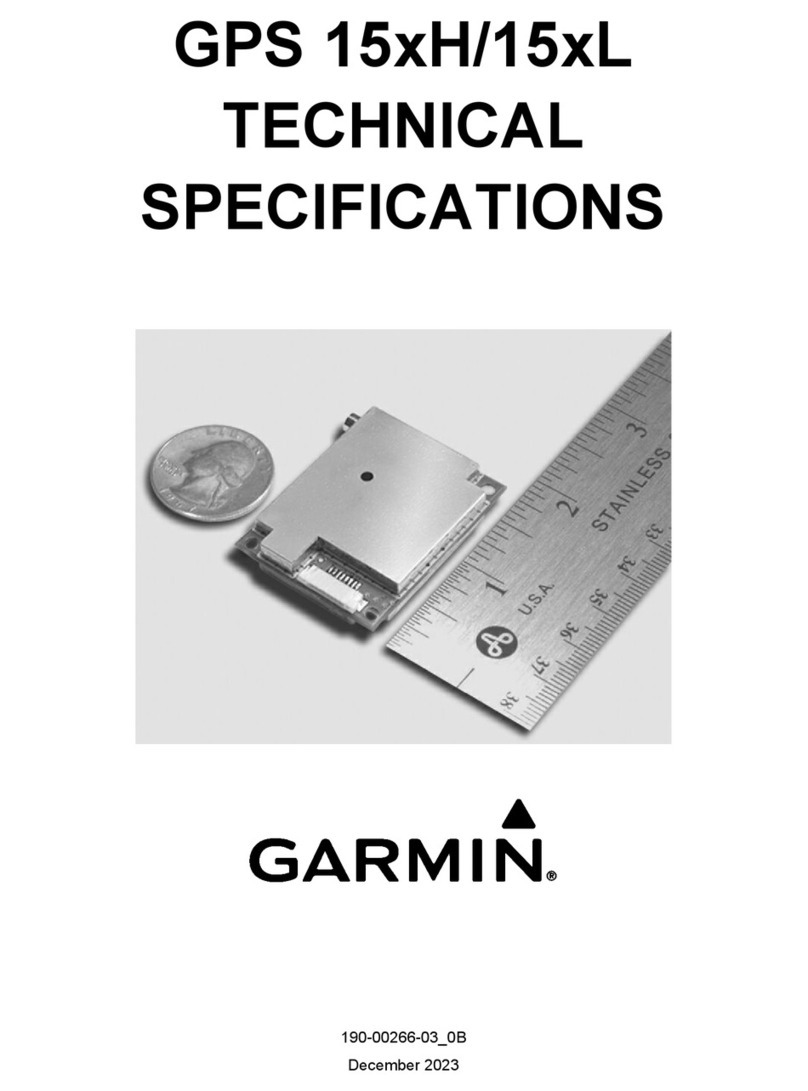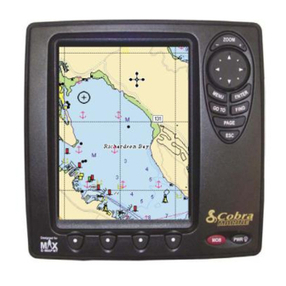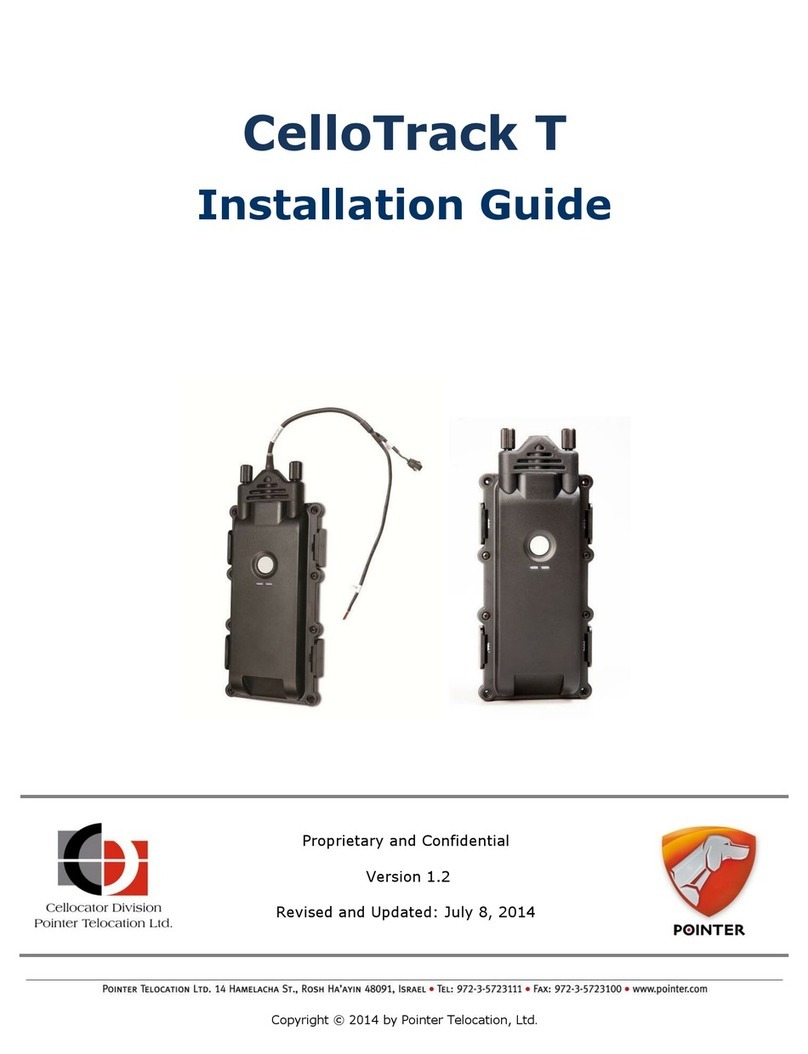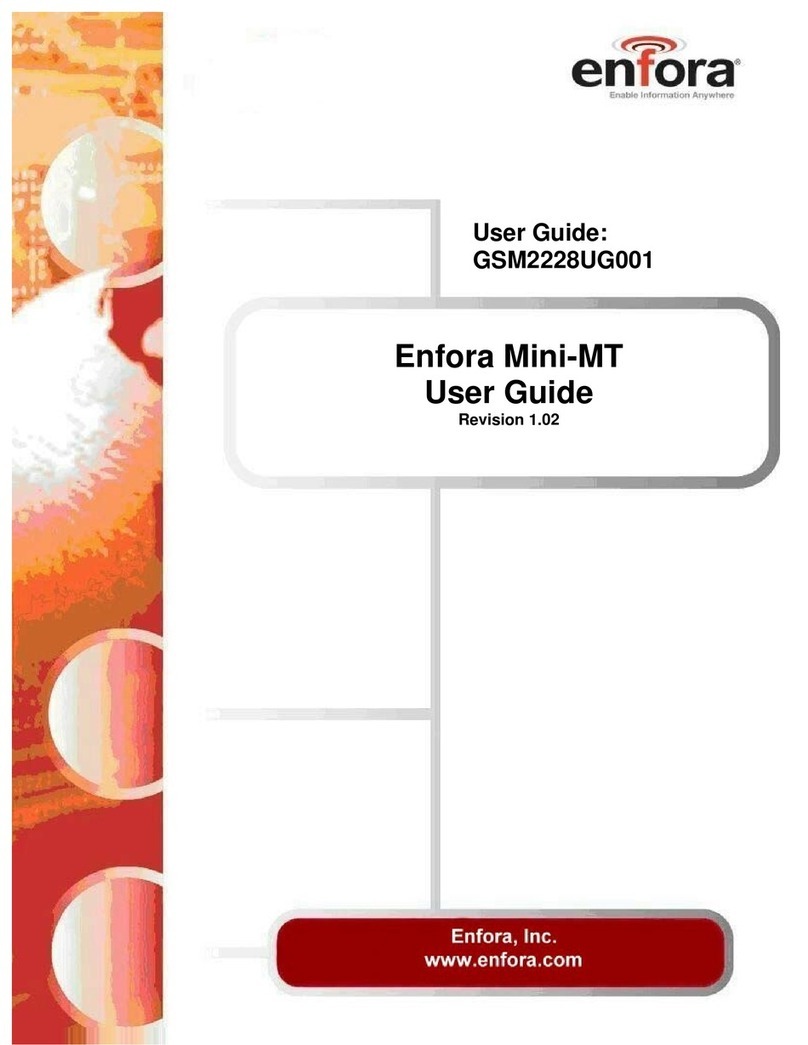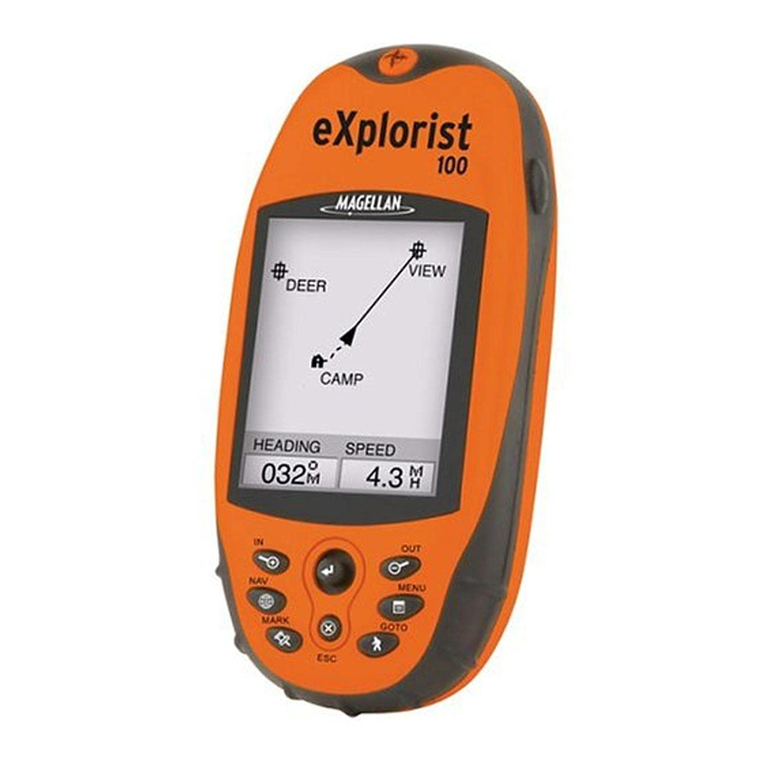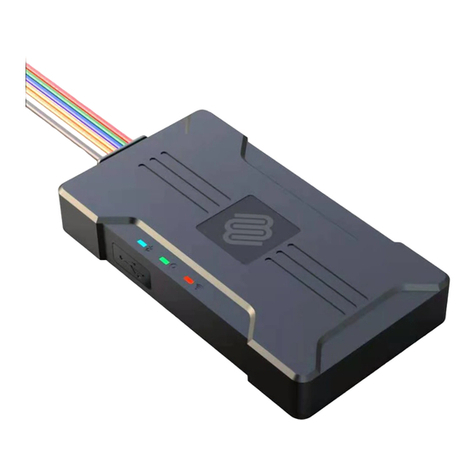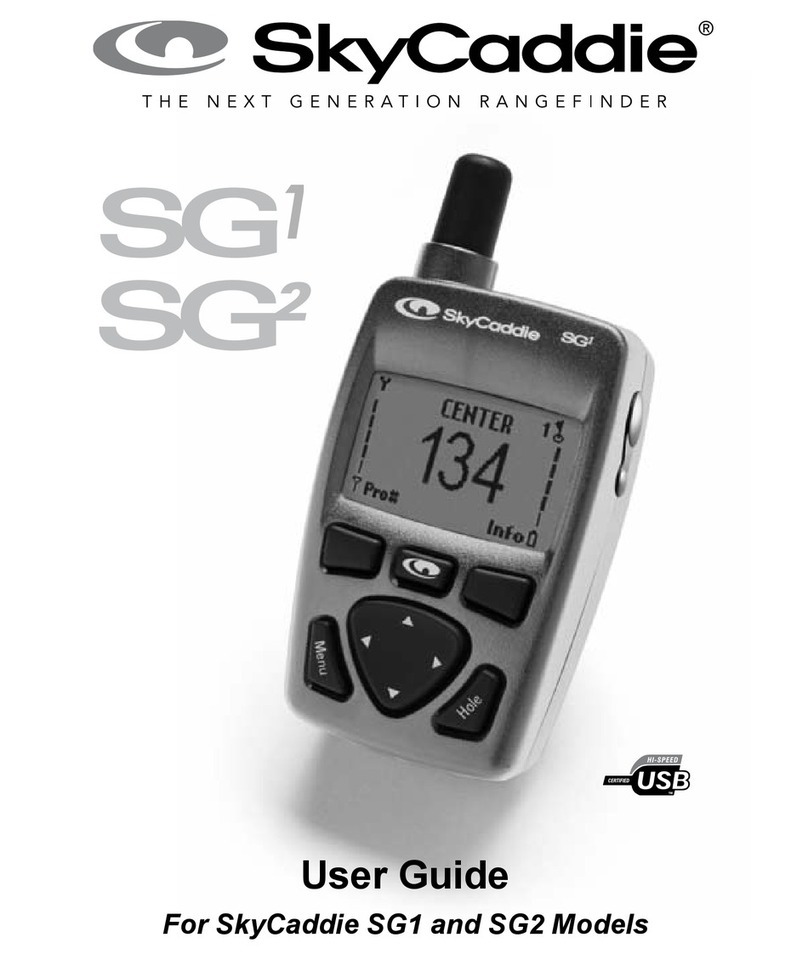Safety Symbols
To prevent the risk of personal injury or damage to the equipment, the following safety
symbols are used to indicate safety-related information. Be sure that you clearly un-
derstand the meanings of the symbols BEFORE using the equipment.
Symbols Used in Manual
This indicates a very dangerous procedure that could result
in serious injury or death if not performed properly.
DANGER
!
This indicates a hazardous procedure that could result in
serious injury or death if not performed properly.
WARNING
!
This indicates a hazardous procedure or danger that could
result in a light-to-severe injury, or that might damage the
equipment, if proper precautions are not taken.
CAUTION
!
Safety Symbols Used on Equipment
The following safety symbols are used inside or on the equipment near operation lo-
cations to provide information about safety items and operation precautions. Ensure
that you clearly understand the meanings of each symbol and take necessary precau-
tions BEFORE using the equipment.
This indicates high voltages with a risk of serious electric shock if the part is
touched. NEVER touch the part with bare hands, etc.
This symbol prohibits the operation shown inside the symbol. (The example
on the left prohibits disassembly.)
This symbol indicates that the operation inside the symbol is potentially
hazardous. (The example on the left indicates that a power plug should be
held when disconnecting it from an AC outlet.)
This indicates the ground (earth) terminal. If the equipment cannot be
grounded via a power cord,connect this terminal to ground. There is a risk of
serious electric shock if the equipment is not grounded.
MDP-621/641/640
RADAR PLOTTER
Operation Manual
MDP-621/641/640 OPERATION MANUAL –06 i

